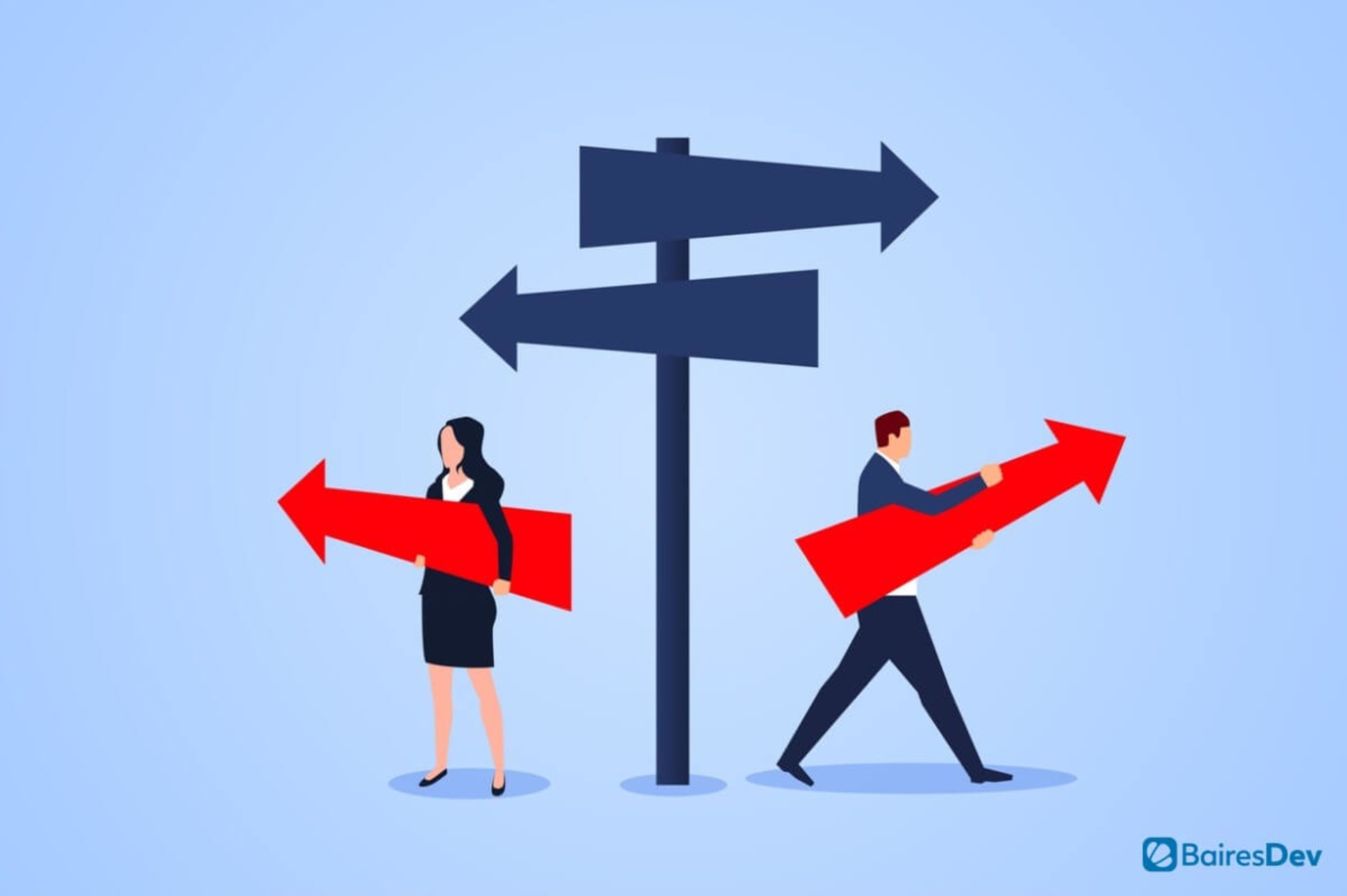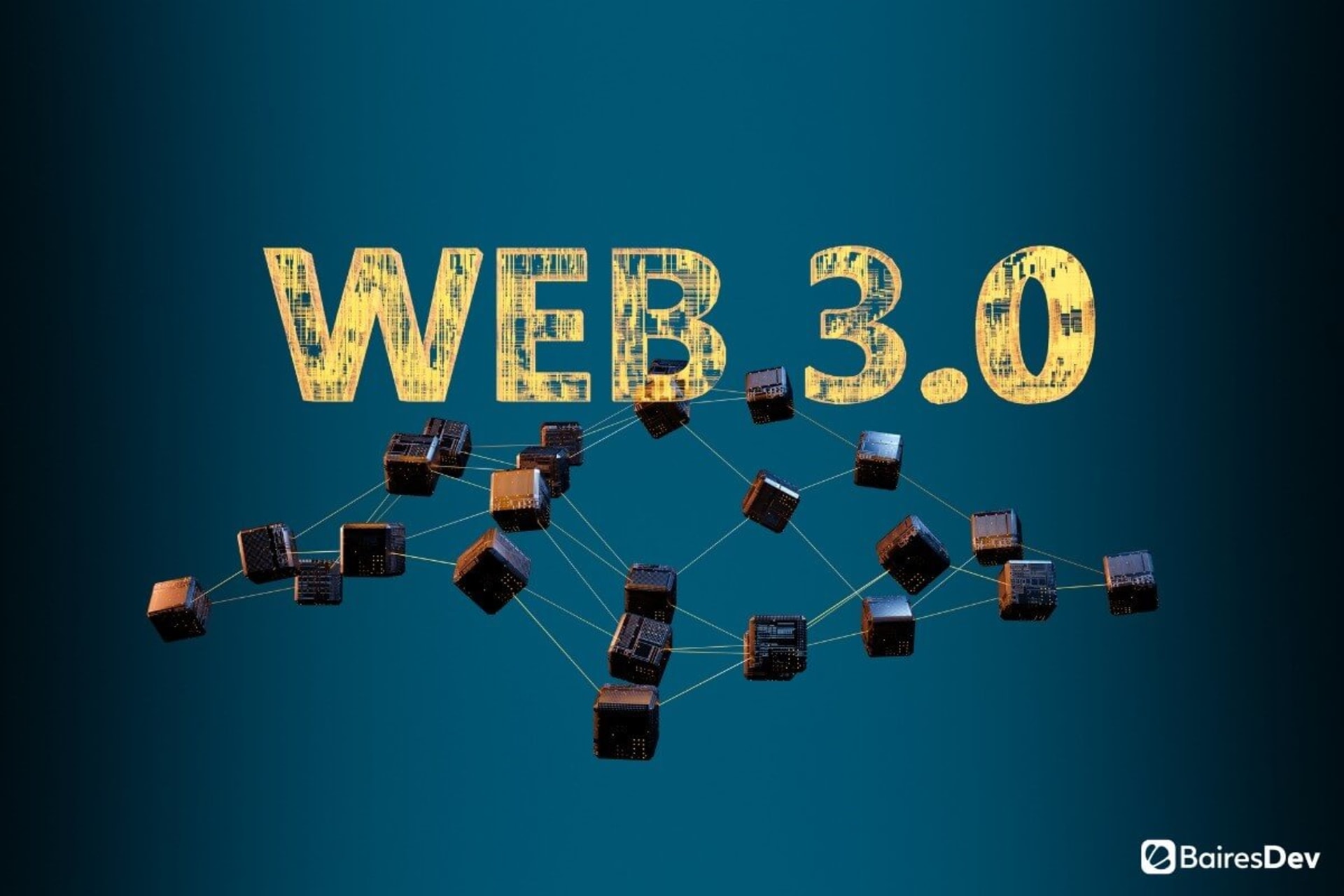In 2020, approximately 155 million people across 55 countries suffered from food insecurity-related issues, the 2021 Global Report on Food Crises found. It was the highest number in the five-year history of the annual report.
It’s our collective responsibility to help people who are going hungry get access to the nutrition they need. And there are potential solutions — software and technology, for example, are already helping us make enormous strides in the food industry.
AI, IoT, and Farming
In the U.S., there are around 2.02 million farms, each with an average size of 444 acres, according to the U.S. Department of Agriculture. They represent a wealth of resources for food and have the power to substantially contribute to a solution for global food insecurity. Unfortunately, they aren’t being leveraged to their greatest potential.
Today, too many small farms struggle. But with the help of technology, those who run these farms can better monitor soil conditions, oversee their animals, and operate more efficiently.
Dimitra, for example, is spearheading a data-driven farming movement. In India, the company is leveraging tools like IoT soil sensors that are connected to machine learning algorithms, which inform farmers and help them develop better solutions to their practices. The hope is that this will translate to improved conditions — and more food to feed the populations that are in need.
Genetic Modification
At one point, genetic modification seemed like science fiction. But in a more rudimentary form, it’s been happening, at least indirectly, for millennia. By altering the genetic composition of organisms, including plants, we can enhance their nutrients and make them more resistant to the effects of diseases and other potentially harmful factors. It’s also possible to produce a larger yield, effectively creating more food.
Biotechnology is responsible for genetically engineering (GE) food. This is also known as genetically modified organisms or GMOs. The techniques and technologies associated with GE or GMO have already proven successful in providing small farms with the capabilities to produce more robust and nutritious crops.
The Nutritious Maize for Ethiopia project, for example, has helped improve household food security and enhanced nutrition for approximately 3.98 million people in the country by encouraging them to adopt quality protein maize (QPM). Populations now have access to higher-protein maize varieties aimed at improving nutrition and supporting farmers.
Big Data
LIVEKINDY Collective launched early in the pandemic with the goal of effectively transforming the food system across the world. This involves developing plant seeds that are able to grow and thrive with less water, as well as creating more plant-based foods and strengthening food supply chains. The Collective has been partnering with Genpact, a digital transformation professional services firm, to bring big data into the fold.
By using data to inform LIVEKINDLY’s efforts and introducing cloud-based technologies and AI tools, the organization has been able to escalate growth. That also means they are better equipped to reach more people, armed with financial data, market research data, and more — all creating a cohesive picture of consumer buying habits and food needs.
Genpact “visualizes” crop science data, looking at it against weather, farming, and soil conditions to predict the best ways and places to plant crops — fundamental to LIVEKINDLY’s goal of increasing farmers’ yields and thereby making plant-based food more affordable.
Data analytics is also at the core of Hunger Map LIVE, an initiative from the United Nations World Food Programme (WFP) and Alibaba Group. The Map uses AI to predict and monitor hunger in more than 90 countries across the world by gathering data on factors like weather, nutrition, conflicts, and more. This enables them to create an interactive map highlighting food challenges globally in real time.
Cost Comparison
Another initiative from the WFP is the Dalili smartphone app. This app helps refugees, who are at high risk of suffering from hunger and poor nutrition, find nutritious food at low prices. The app connects users with vendors that have food at reasonable prices, letting them know the availability of the products and the hours and location of local partner stores in the areas. Users can even see pictures of the store itself, allowing them to more easily find it.
Nigeria-based Worldbay Technologies is also helping low-income families find reasonably priced goods through Grocedy. This crowdfunding platform raises money to allow users to buy real food at wholesale prices.
Satellite Technology
Satellite technology is also playing a critical role in combating hunger around the world. Around the world, countries are taking advantage of a partnership between the United Nations Commission on Science and Technology for Development (UNCSTD), the Alliance of International Science Organizations (ANSO), and the Aerospace Information Research Institute (AIR) of the Chinese Academy of Sciences (CAS).
Through the CropWatch Innovation Cooperation Programme, these countries learn about how they can harness the power of satellite technology to contribute to sustainability, with the goal of achieving food security. The system can monitor crops and send alerts about their conditions, offering data on other farming practices, droughts and weather patterns, and management. The hope is that countries will be independently equipped to better track their crops in real time.
Global food insecurity is a problem that concerns all of us, not just those who are going hungry. As a society, we must work together to develop solutions that help those in need. Technology, including AI, satellites, apps, and more, are certainly part of the answer. These tools are paving the way for a worldwide society in which citizens have access to the resources they need to live healthy lives.
If you enjoyed this, be sure to check out our other IoT articles.







